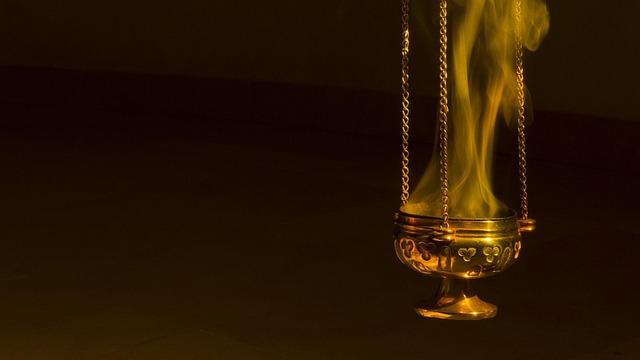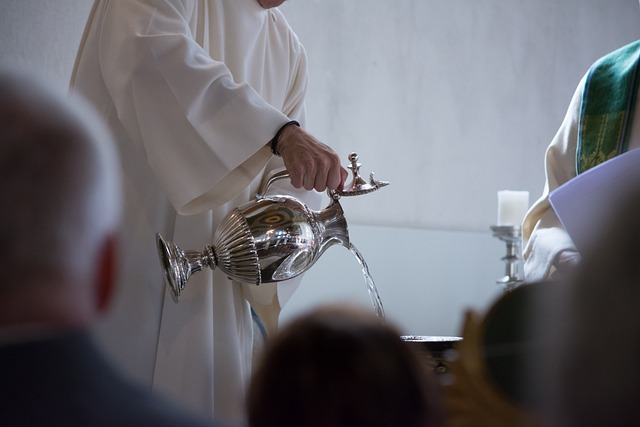The Sacred Power of Humility: Exploring the Liturgy of Rituals in Religion
In the realm of religion, rituals serve as profound expressions of faith, often inviting participants to engage deeply with the spiritual and communal aspects of their beliefs. At the heart of these rituals lies a powerful concept: humility. The humility liturgy, woven into the fabric of many religious practices, offers a transformative space for reflection, connection, and authentic worship.
Rituals are not merely performances; they are acts of devotion that encourage individuals to lower their defenses and open their hearts. Engaging in rituals infused with humility provides a counterbalance to our often fast-paced, self-centered lives. In these sacred moments, we are reminded of our shared humanity and the importance of humility in nurturing our spiritual growth.
Each faith tradition encapsulates the essence of humility liturgy in unique and meaningful ways. For instance, in Christianity, the act of kneeling during prayer signifies submission and humility before God. In various forms of Eastern spirituality, bowing or prostrating oneself can represent reverence and acknowledgment of a greater power. These physical expressions of humility bridge the gap between the mundane and the divine, allowing us to connect with something larger than ourselves.
The beauty of humility liturgy lies in its ability to foster community. When individuals gather to partake in rituals steeped in humility, they create a collective experience that transcends individual differences. Sharing in humble acts, such as communal prayers or collaborative service projects, cultivates a sense of belonging and reinforces the bonds between participants. In this way, humility becomes a binding force, uniting people in their shared pursuit of spiritual and ethical growth.
Furthermore, the practice of humility liturgy encourages introspection. As we engage in rituals that call us to humility, we are invited to reflect on our own lives—our achievements, flaws, and interactions with others. This self-awareness can lead to personal transformation, as we become more attuned to the needs of those around us. Recognizing our own limitations opens the door for empathy and compassion, allowing us to live in a way that uplifts rather than diminishes others.
The art of humility liturgy extends beyond formal religious settings. It can be integrated into our daily lives, reminding us to approach each interaction with openness and respect. Simple acts of kindness, listening attentively, or offering support can serve as rituals of humility in our everyday routines. By weaving these practices into our lives, we embody the spirit of humility that is central to many religious teachings, thereby enriching both our own spiritual journeys and those of others.
As we delve deeper into the meaning of humility within the context of ritual, we discover that it is not just a personal endeavor. It is an invitation to participate in a larger narrative—one that celebrates the connections we share and the collective journey of faith. By embracing the sacred power of humility through the liturgy of rituals, we open ourselves to profound growth, both spiritually and relationally.
In a world that often values pride and self-promotion, the call to humility becomes an even more significant pursuit. It challenges us to reflect on what it truly means to be part of a community, to engage authentically with our faith, and to honor the sacred spaces in which we find our deepest connections.



